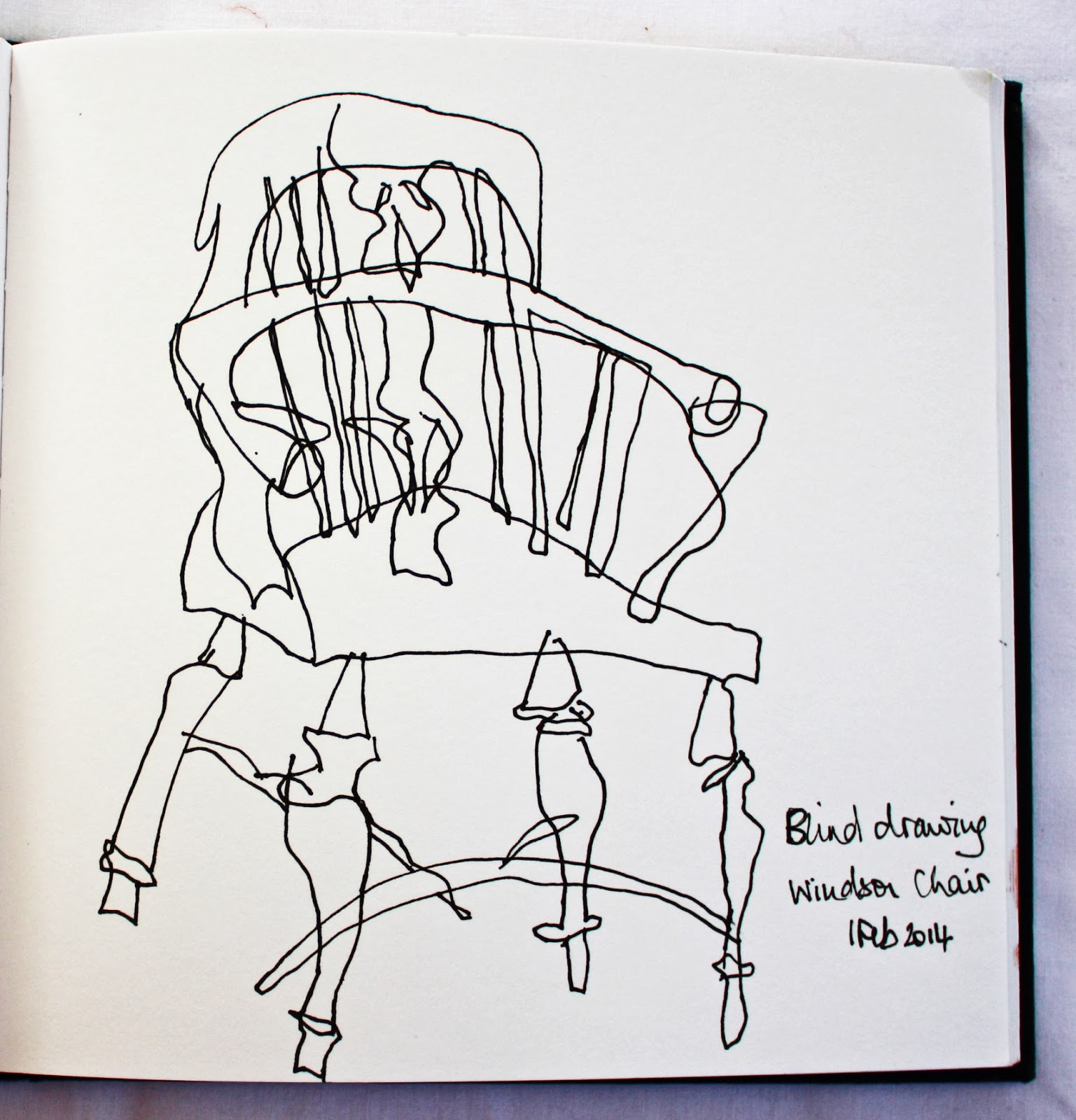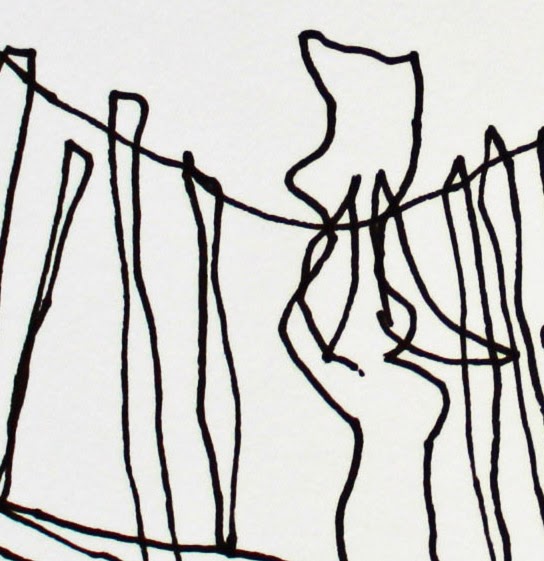Although the floods are retreating now, there were still whole fields underwater when I went out with my camera at the weekend.
I found a row of hazel edging the fields and silhouetted against a gentle sunset which was reflected in the flood water.
Because of the silhouette, it seemed right to turn the photos into black and white. This I did in Adobe Photoshop and it revealed a tracery of branches with the history of the hedge to be seen in the trunks gnarled from previous cutting.
The conversion to black and white then suggested possibilities of rotating and tiling small cropped sections of the photos.
Following advice from Connie after my last post, I'm going to attempt to tile these below ...
I found a row of hazel edging the fields and silhouetted against a gentle sunset which was reflected in the flood water.
Because of the silhouette, it seemed right to turn the photos into black and white. This I did in Adobe Photoshop and it revealed a tracery of branches with the history of the hedge to be seen in the trunks gnarled from previous cutting.
The conversion to black and white then suggested possibilities of rotating and tiling small cropped sections of the photos.
Following advice from Connie after my last post, I'm going to attempt to tile these below ...
 |  |  |
 |  |  |
So - I've learnt two things - the power of cropping and gridding black and white photos in Photoshop - and how to insert the HTML code for tables and photos into my blog ... very, very many thanks for the code and for your encouragement, Connie.
And that's the power of blogging across 6,000 miles - not bad for an afternoon's work!



























